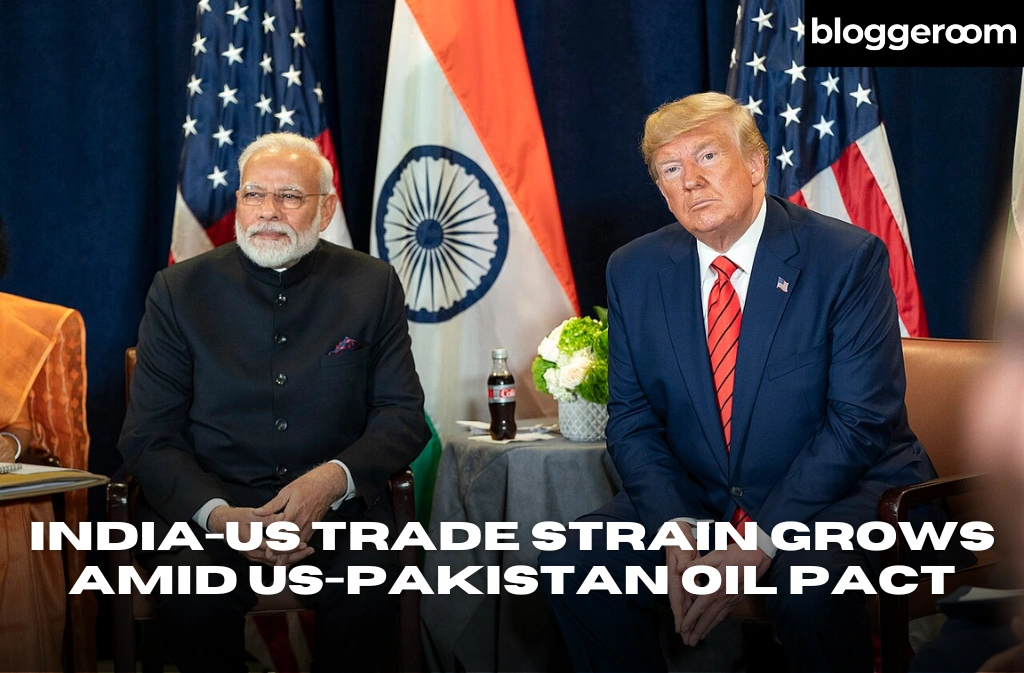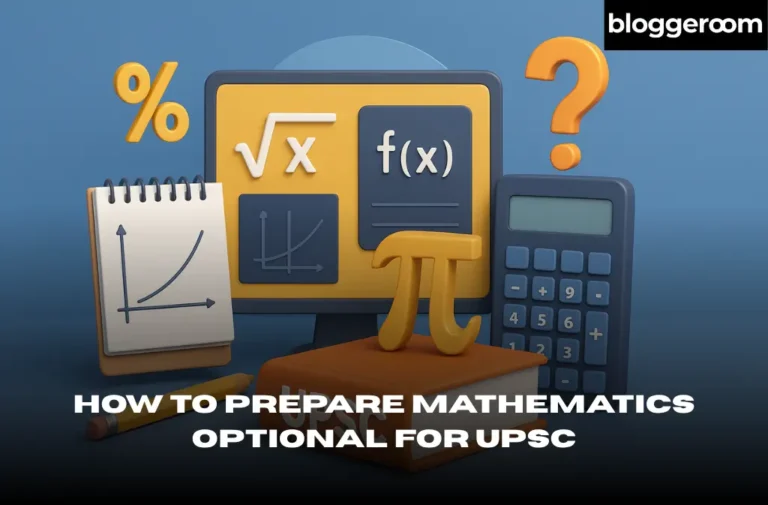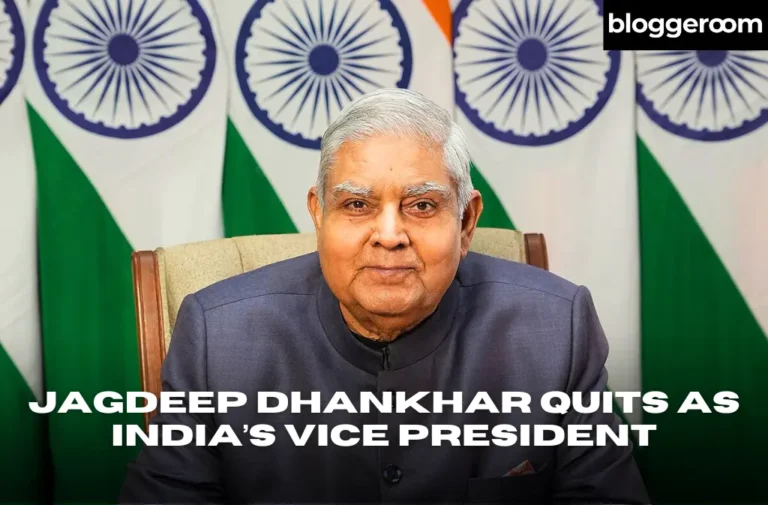India-US Trade Strain Grows Amid US-Pakistan Oil Pact
The USA government, under President Donald Trump’s influence, has introduced significant tariffs on Indian goods. At the same time, Washington has signed a new energy deal with Pakistan, a move that has raised eyebrows in New Delhi. This changing dynamic comes at a time when global energy politics, trade protectionism, and strategic competition are colliding.
Why Did the U.S. Impose New Tariffs on India?
In July 2025, the U.S. government imposed a 25 percent tariff on several Indian exports, including pharmaceuticals, electronics, and other key goods. The move sparked concern in India, as the tariff rate was higher than those applied to most other countries.
U.S. officials hinted the tariffs were a response to India’s continued trade with Russia, particularly in oil and defense sectors. While the West has urged countries to distance themselves from Moscow over the Ukraine conflict, India has chosen to stay neutral, prioritizing its own energy and security needs.
India maintains that its foreign policy is shaped by national interests, not by external pressure or global expectations.
How Has the Indian Government Responded?
Commerce Minister Piyush Goyal addressed the tariff issue in Parliament, saying the government is keeping a close watch and is fully committed to protecting India’s economic interests. He made it clear that India will not agree to any trade terms that could hurt vital sectors like agriculture and manufacturing.
Goyal also highlighted India’s growth as a major global economy, crediting ongoing reforms and strong international ties. He said the country is open to resolving trade issues through dialogue but won’t back down on key policy matters.
Opposition leaders have questioned the government’s approach, saying it may have hurt India’s global image. However, trade experts feel India is still in a strong position to tap into new markets and adjust to global shifts.
What’s Behind the U.S.-Pakistan Oil Deal?
President Donald Trump recently announced a new energy deal with Pakistan, calling it a major step forward. He claimed Pakistan has “massive oil reserves” and suggested the U.S. could help grow its role in the region’s energy trade.
Experts, however, noted that Pakistan does not have large oil reserves, with estimates placing them at only around 353 million barrels. Still, the U.S. is moving ahead with a private oil shipment through Vitol, with about one million barrels expected later this year.
Although the deal isn’t large, it reflects a bigger strategic interest. The U.S. may be looking to rebuild influence in Pakistan, partly due to its location and potential nuclear support if future conflicts arise. Back in 2001, during the Afghanistan war, America depended on Pakistan’s support and even used its air bases.
The growing influence of China in Pakistan through the CPEC project may also be pushing the U.S. to act. Strengthening ties now could help counter Beijing’s expanding reach in the region.
Conclusion
India is likely to respond by expanding trade ties with regions like Europe, Southeast Asia, and Africa. It may also double down on domestic programs such as “Make in India” to reduce its reliance on specific markets.
For Pakistan, this shift could help boost its global image, even if the actual economic gains are limited. On the U.S. side, these actions seem to reflect a more flexible, deal-by-deal approach in the region.
South Asia appears to be entering a new phase, where long-standing alliances are being re-evaluated and fresh partnerships are beginning to take shape.







